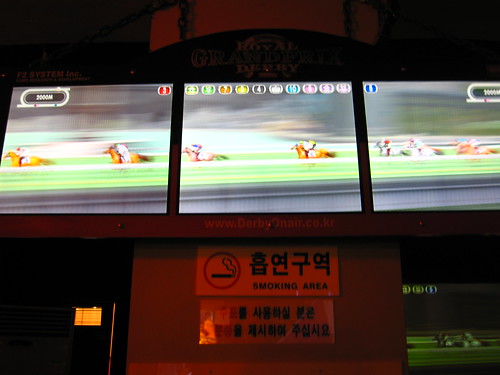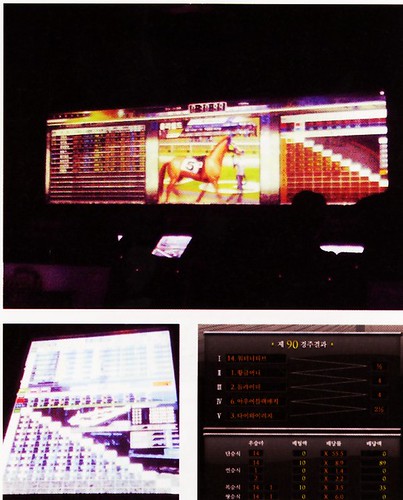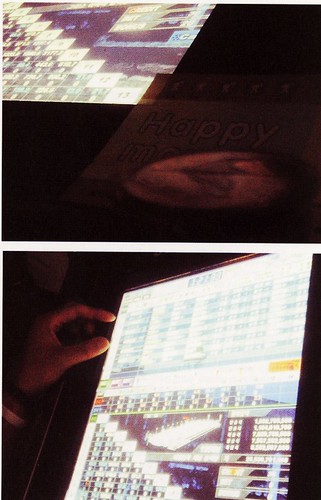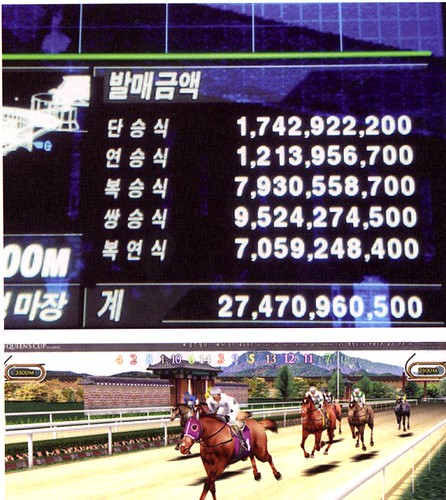I’m almost afraid to enter a new design idiom into my tool chest, but this one came up during Aram Armstrong’s presentation during the Nabi Workshop. It’s probably old hat to many of you out there, and I have to say that I was somewhat hopped up on the Information Design and Experience Design stuff. (One of my mentors, Bob Jacobson, was in the center of this, having edited the canonical Information Design treatise.)

Almost two weeks ago I ordered a new PowerBook G4, plushed out, spinners, drop-top, lift kit and hydromatic transmission. (It was actually generously purchased by a research group I work closely with, so it belongs to them.

I think of it like a company leased car, I suppose. In any case, a wonderful gesture seeing as my PowerBook is on its last legs — second hard drive replacement in as many years, and I have to use velcro to keep the lid closed after the shoddy latch gave-way for a second time, and my department doesn’t budget for its researchers computer needs nor, errr..research. But that’s for another post.)
I found out a day or so after I placed the order that Apple was gearing up for one of its epic announcements of new products. Seeing as it was Apple, all was fairly hush-hush. I thought about canceling my order, but decided to stay the course. It hadn’t gone through yet, and I figured that even if it did, and the announcement was a spanking new replacement 15″ G4 PowerBook, I could change the order or, at worst, return it without even opening the box (which would’ve taken quite a bit of self-control.)
Instead, Apple announced the Video iPod and other goodies, but nothing in the way of PowerBooks. So I was safe.
Just yesterday, I received an email from Apple, which I’ll quote in part:
To Our Valued Apple Customer:
Apple is pleased to announce a new generation of the PowerBook G4!
Your PowerBook has not shipped yet, so we have upgraded your order to the new PowerBook at no additional charge.
Thank you for choosing Apple!
Sincerely,
Apple Store Customer Support
I mean, like..that’s incredibly smart, dare I say..Service Design, and correct me if I’m getting the idiom wrong, but someone must’ve considered how best to serve the in-betweeners, and I was one of those in-betweeners once when I got my present PowerBook. I think the situation was that at the time they didn’t have a 12″ G4 PowerBook, so I got an iBook and then a short while later, they came out with the 12″ G4 PowerBook and I felt kind of jinxed. (I ended up selling the iBook to a friend and upgrading to the PowerBook.)
So, is this a designed service?
Why do I blog this? Designing, in the sense of purposefully crafting some thing (in the Latour sense of thing, to be precise) in order to create a particular kind of experience that registers on a social or individual level sounds like a fun creative and intellectual challenge. The kind of thing I would enjoy doing.
Technorati Tags: Service Design, Service Ecology
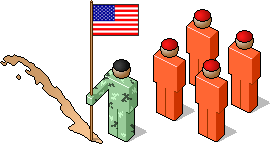
 Mapping provides a unique way to create new ways of imagining the world and perhaps new ways of living within it. Such is the power of one of the canonical representational practices.
These image is an example of mapping done by the design denizens of www.style.org. Here, the January 2005 Iraqi election (not the more recent referendum) is visually compelling for all the usual reasons, not the least of which is the ability to interactively create your own modified representation.
I’m particularly interested in the possibilities that web-based mapping (e.g. Google Mapping Mash-ups) tools and practices may lead to more self-visualizations. By that I mean representations of the world using one of the most iconic visualization practices — map making. This may be the legacy of Google Maps, if I can be so bold as to be optimistic for a moment. If the open Google Map API provides a straightforward way for networked publics to create new social formations through visual representations, that is a powerful new practice. Sure, things like HousingMaps.com are cool, but imagine if local communities were able to map landlord violations? And instead of FastFood maps (blech..), healthy living maps?
Many of the existing Google Maps mash-ups are so..borgeoise.
Google Maps Mania keeps an unofficial list of existing Google Maps mash-ups.
Mapping provides a unique way to create new ways of imagining the world and perhaps new ways of living within it. Such is the power of one of the canonical representational practices.
These image is an example of mapping done by the design denizens of www.style.org. Here, the January 2005 Iraqi election (not the more recent referendum) is visually compelling for all the usual reasons, not the least of which is the ability to interactively create your own modified representation.
I’m particularly interested in the possibilities that web-based mapping (e.g. Google Mapping Mash-ups) tools and practices may lead to more self-visualizations. By that I mean representations of the world using one of the most iconic visualization practices — map making. This may be the legacy of Google Maps, if I can be so bold as to be optimistic for a moment. If the open Google Map API provides a straightforward way for networked publics to create new social formations through visual representations, that is a powerful new practice. Sure, things like HousingMaps.com are cool, but imagine if local communities were able to map landlord violations? And instead of FastFood maps (blech..), healthy living maps?
Many of the existing Google Maps mash-ups are so..borgeoise.
Google Maps Mania keeps an unofficial list of existing Google Maps mash-ups.







